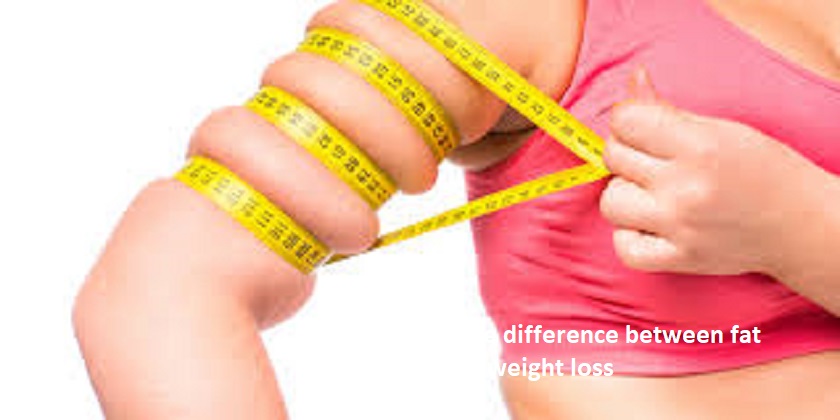
As per experts, weight is the sum total of all within the human body. It is measured in kg or pounds. WHO and other scientific communities have developed a Body Mass Index (BMI). BMI is a ratio of weight to height squared. BMI helps classify various stages from over weight to obesity to morbid obesity.
Normal BMI: 18.0-22.9 kg/m2,
Overweight: 23.0-24.9 kg/m2,
Obesity: >25 kg/m2
Weight loss and fat loss are often interchangeable. But as experts, here is a minute difference between the two. Weight loss refers to a reduction in your overall body weight including muscle, water, and fat loss. Fat loss means weight loss from body fat. Fat loss is a more targeted and healthier goal than weight loss.
Fat is an essential part of body composition. It is present as essential fat, which is present in bones, liver, kidneys, intestines and muscle and is critical for the functioning of the body. The other type of fat is storage fat, which is found in the adipose tissue. It surrounds the organs and provides cushion to them.
Also Read: Deficiency of these 4 nutrients can increase dysmenorrhea
Fat loss is a healthier option. During weight loss one must also lose muscles. Losing muscle during weight loss can be damaging. There is no muscle loss when you lose fat as you tend to lose more calories as well.
According to 2020-2025 Dietary Guidelines for AmericansTrusted Source, fats should cover at least 20-35% of a person’s total daily calorie intake. If a person wishes to lose body fat, they should consume 0.5-1g/kg of fat every day.
Exercises like walking, jogging, cycling, weight training, interval training, swimming, yoga and pilates can help effectively in fat loss. One must opt for a calorie-deficit diet for fat loss. A calorie deficit of 500 calories per day is sufficient for weight loss.

Post Your Comments